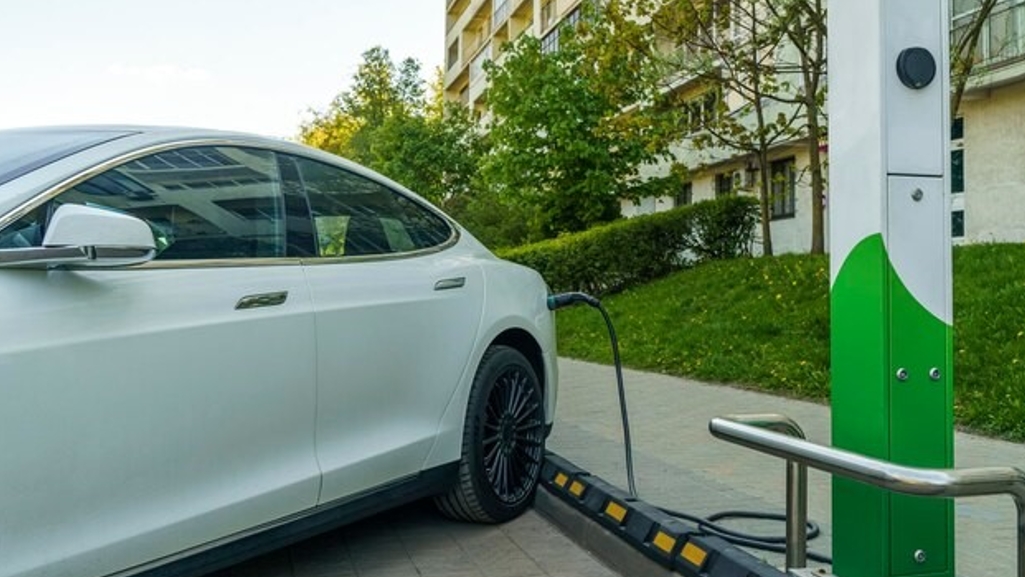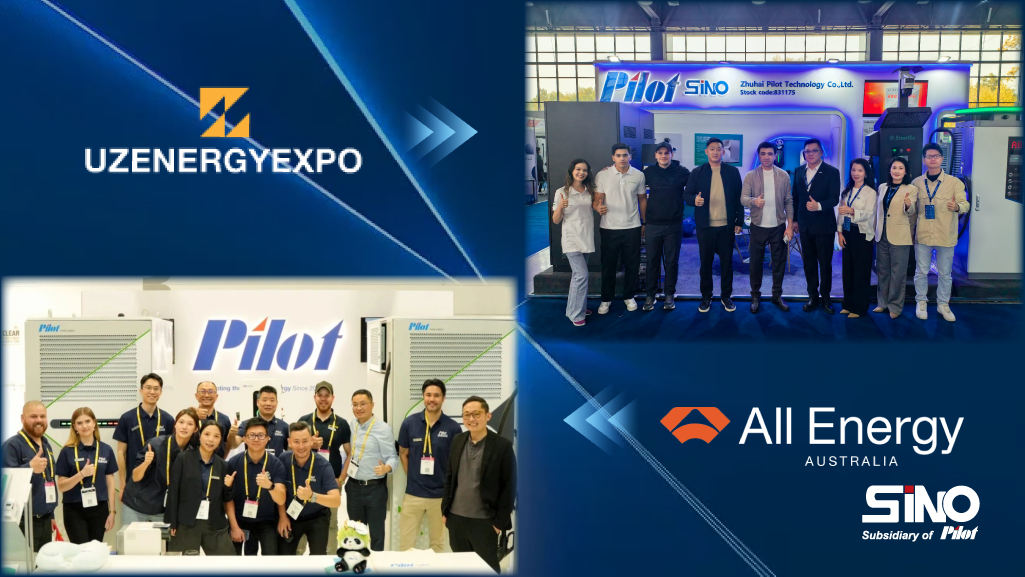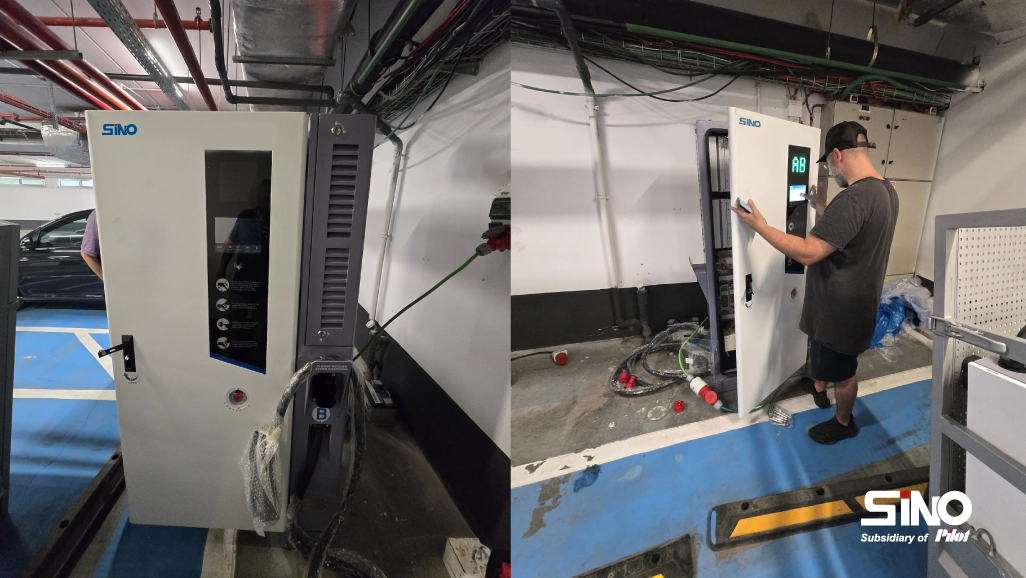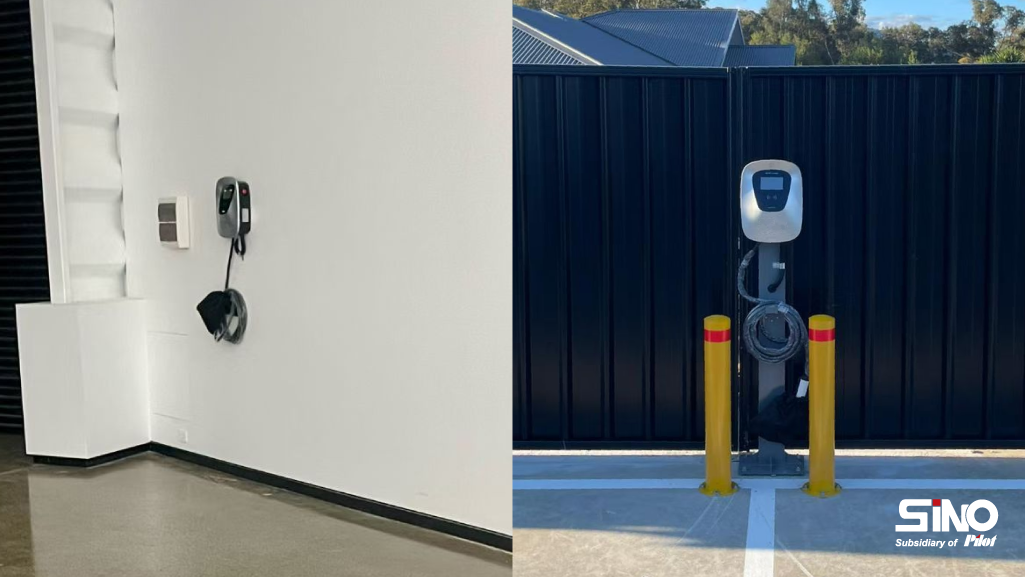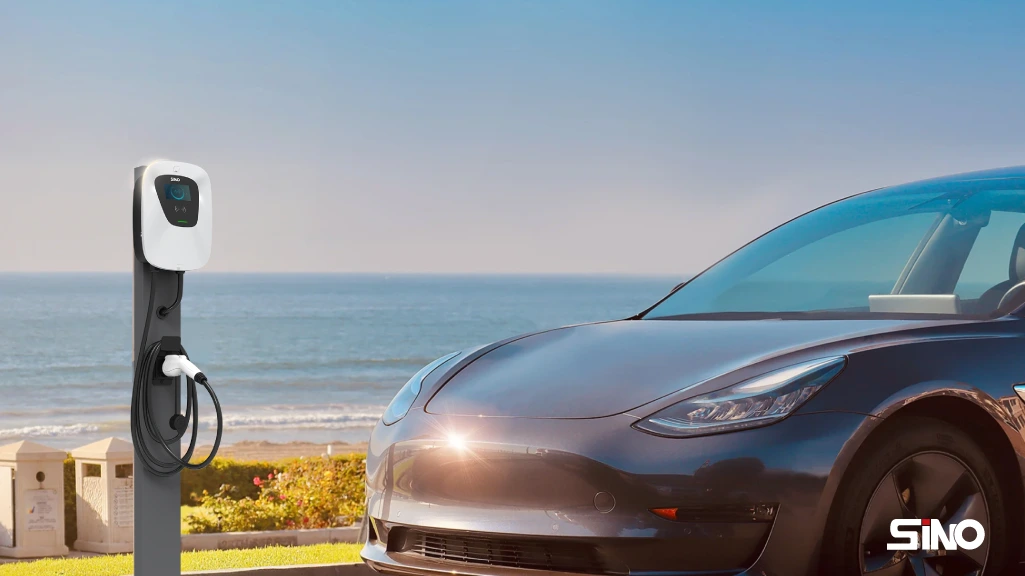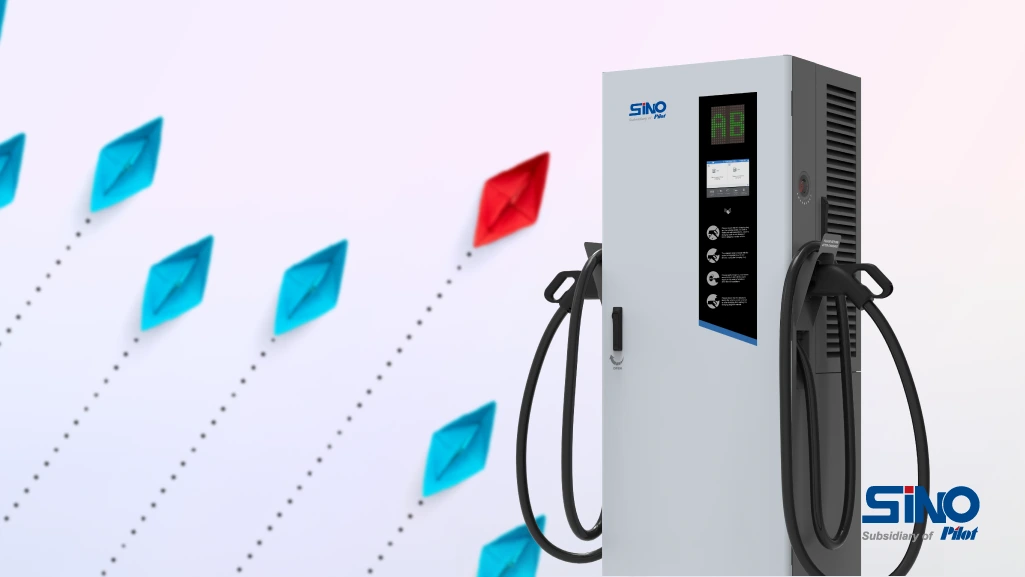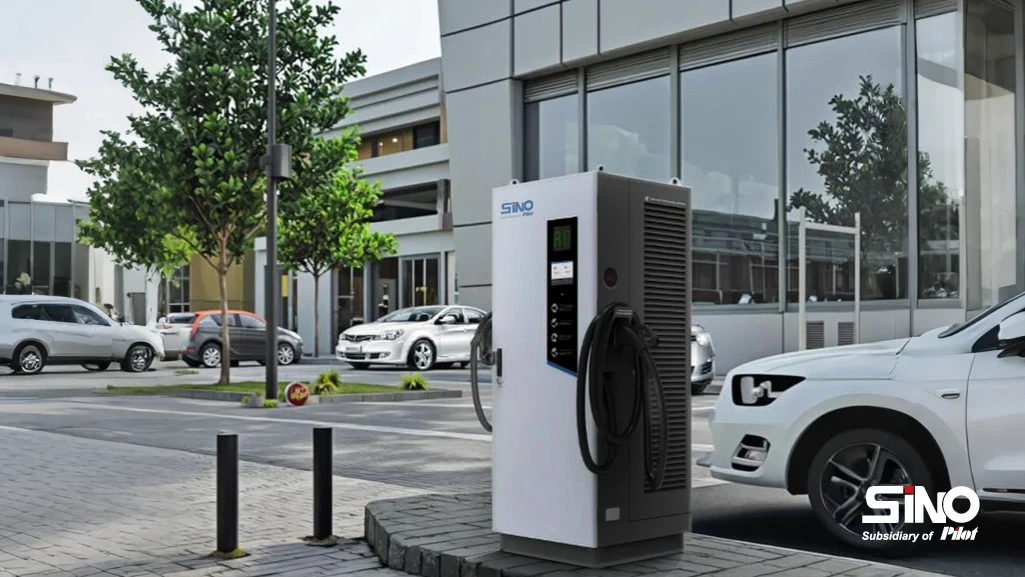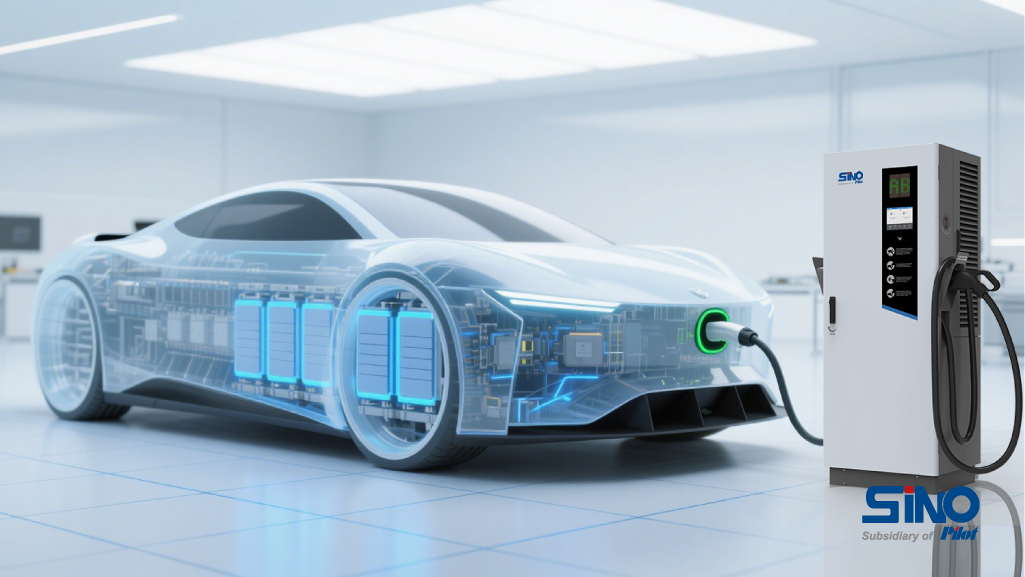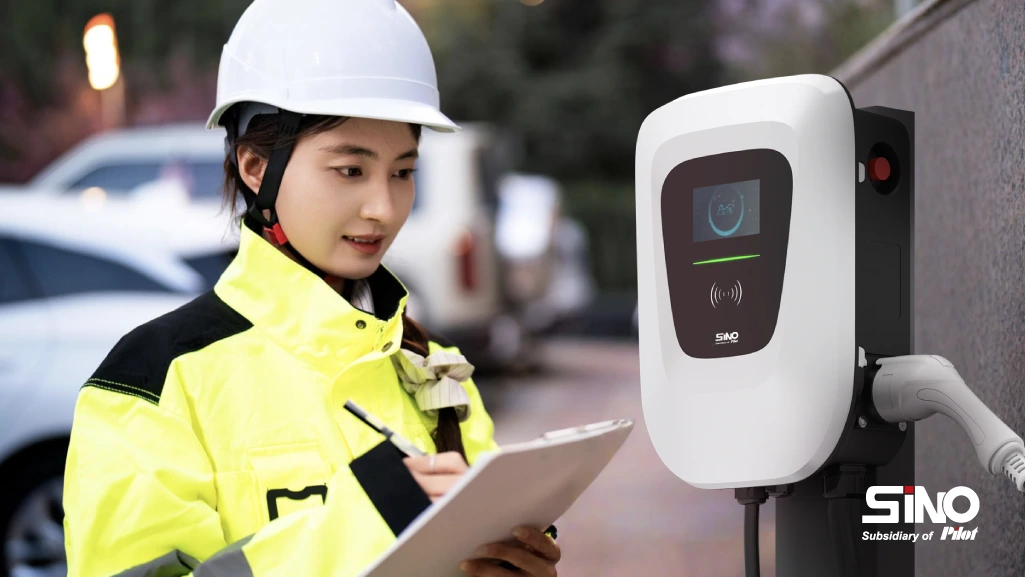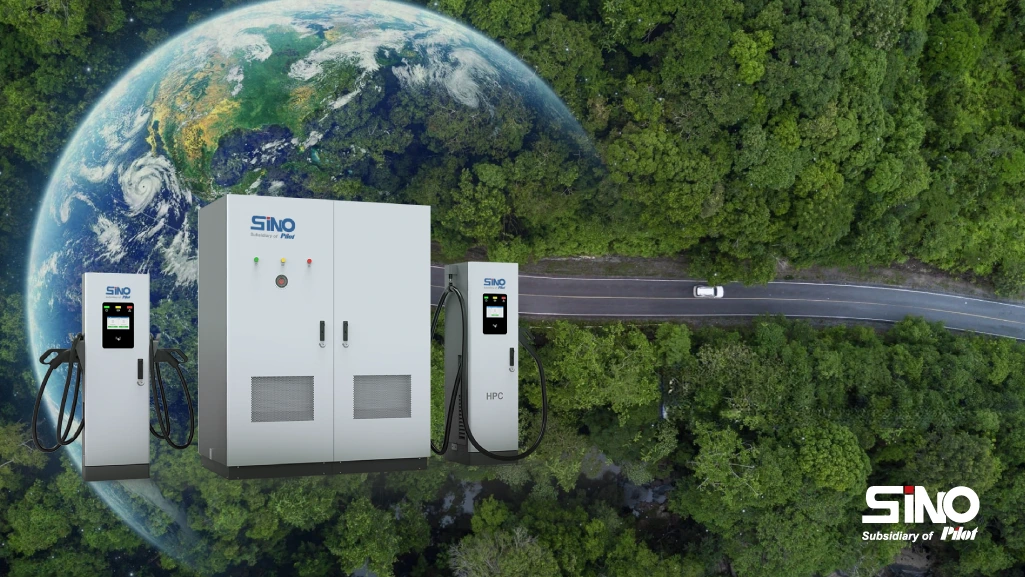The rapid growth and adoption of electric vehicles worldwide have multiplied the requirement for robust charging infrastructure. DC fast charger locations have also become quite critical in this regard.
The utilization of high-power DC EV charging stations drastically cuts down the charge time, enabling long-range travel and eradicating one of the most important concerns of an electric vehicle driver: range anxiety.
However, all this strongly depends on where the charger actually is. This means that the DC fast charger locations are quite important.
Importance of DC Fast Chargers
DC fast chargers, also known as Level 3 chargers, are essential for the future growth of the EV market. Unlike the slower Level 1 and Level 2 chargers meant for home or work use, a vehicle plugged into one of the far speedier DC fast chargers can have its battery filled in a fraction of that time.
They’re invaluable both for long-distance travel and for EV owners who don’t regularly have access to home charging. The assurance that EVs can be used as easily as conventional internal combustion engine vehicles is all thanks to the presence of DC fast charging locations along highways, at busy urban centers, and even in remote locations.
DC Fast Charger Locations: Strategic Placement

A host of factors are considered for the best placement of DC fast chargers for optimized utility and accessibility. Here are some strategic places that should have DC fast chargers:
High-Traffic Areas
The strategic placement of the DC fast chargers should be mostly along highways, major roads, and busy junctions. This is essential in order to be available to a large number of drivers.
These stations are very effective because they serve drivers plying long-distance trips, especially those who would give in to anxiety concerning their electric car ranges since charging stations would be far between.
After all, highways and major roads are the lifelines connecting cities and regions. This has the added potential of making long-distance EV travel more realistic and convenient.
Further, these sites not only cater to private owners but also support commercial EV charging stations, which include vital recharging needed to meet schedules.
Commercial and Retail Centers
These DC fast chargers would best be placed in shopping malls, supermarkets, and retail parks due to the high number of people visiting such locations. These are places people spend a good deal of time—whether shopping, eating out, or even just hanging out—and match perfectly with the length of time needed for a quick recharge.
Deploying DC fast chargers at these locations tends to serve the customers’ immediate needs as well as impart an additional layer of service with respect to the site.
Businesses also realize a benefit from this integration: foot traffic and time spent at the place. Increasing foot traffic leads to potential sales. The presence of DC fast chargers could serve as a point of distinction and help attract more ecologically minded customers.
Residential and Multi-Unit Housing
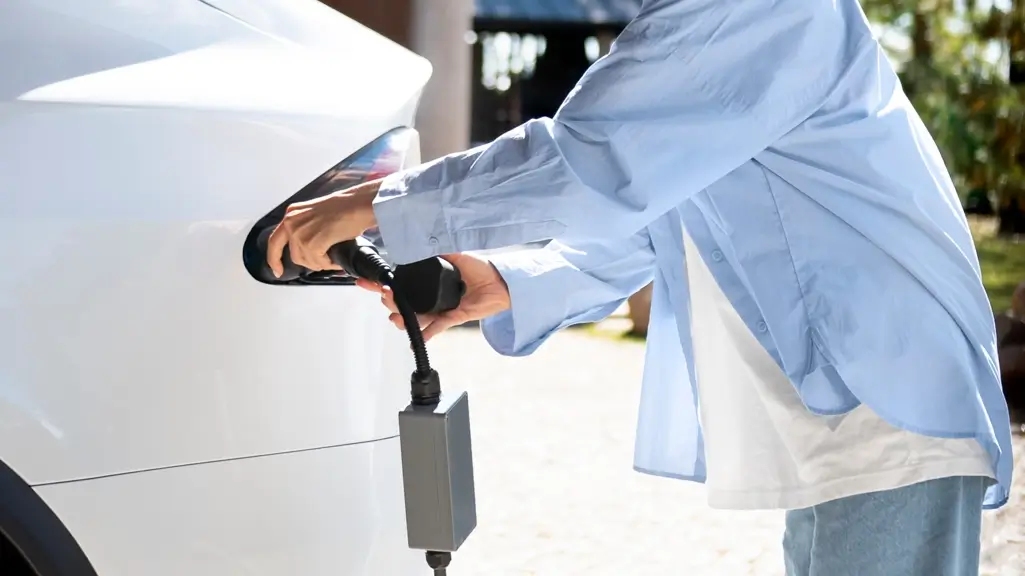
With the demand for electric vehicles surging, especially in cities, residential charging has become a must-have. Many EV owners live in apartment buildings or other multifamily dwellings where it is not possible to install personal charging infrastructure, like home chargers.
Installing DC fast charging locations in these areas provides a practicable solution for these drivers, allowing them to recharge their vehicles close to home.
Moreover, having DC fast charge locations in neighborhoods would not only support the greater electric vehicle ecosystem but also provide a solution for people living in dense urban zones to switch easily.
Finally, property developers and building managers will also appreciate the point that DC’s charging facilities in their real estate holdings will make them more appealing, adding value to their assets to attract eco-conscious renters.
Public Transport Hubs
Bus and train stations, airports, and the whole infrastructure of public transportation are important spots for DC fast chargers. These places are used by every type of EV user, including day-to-day commuters, tourists, and even public transport vehicles.
Providing DC fast-charge locations at these hubs will make life convenient not just for the individual EV owner but also for public transport utilities contemplating the shift to electric buses, taxis, and shuttles to reduce their transportation systems’ carbon footprint.
In addition, public transport hubs are naturally busy places in which the chargers will benefit from good utilization. They will be easily visible, acting as a call to action for people to use EVs.
Placing the hub in the described fashion would also advance the overall network use of public transport modes, such as electric buses and taxis. It will provide ample reductions in their downtime and receive a quick recharge during the slack time between services.
This can best be operationalized in the growing trend of integrating multi-modal transportation options, where public and private transport systems operate in synchronized ways to provide seamless, sustainable mobility solutions.
Factors Contributing to Location Selection of DC Fast Chargers

The site selection for fast DC chargers has important considerations. These include the following:
1. Access and Convenience
The DC fast charge location should be EV driver-accessible, with easy entrance and exit. It should be placed near main roads and have good visibility.
A difficult or out-of-the-way DC Fast charging location would discourage people from using it, obviating the point of having the charging station in the first place.
2. Power Supply
DC fast chargers require a substantial and sustained power supply. The electrical infrastructure’s sufficiency to support such charger installations is questionable.
Sites closer to power lines or substations are usually preferred as they can easily cope with the huge power requirements of fast charging.
3. Grid Capacity
The ability of the local electric grid may also need to be considered. A case in point is the installation of DC fast charger locations where the grid capacity is low; this would risk power disturbances or else lead to necessary expensive grid upgrades.
Before a proper installation of a DC fast charger, an assessment needs to be made in regard to the available capacity of the local grid before accommodating the expected extra load.
4. Regulatory Considerations
Site selection and the corresponding zonal or technical standards play a role in creating, deploying, and operating DC fast chargers. Differences in the regulatory framework in any area strongly influence what might be deployed and what prices can be levied for electricity consumption.
All these regulations must be considered before establishing sites with DC fast chargers.
Future Trends in DC Fast Charger Locations

As the EV market matures, so will the need for DC fast chargers. As an offshoot of this progress, it will most likely result in DC fast charging locations becoming ubiquitous, penetrating new and underserved geographies.
This trend will most likely continue, with chargers proliferating to rural and remote geographies and even along suboptimal routes for long-distance travel.
Additionally, charging technology is advancing toward ultra-fast chargers with larger power output, which will require even more space for site selection. These chargers will have to have wider grid capacity and good cooling systems to handle the heat that rises from charging.
The infrastructure is also increasingly integrated with renewable energy sources, including solar or wind power, with DC fast charging stations.
Besides supporting most businesses’ and governments’ goals for sustainability, this helps stabilize the grid by reducing overreliance on conventional power sources when EVs are being charged most.
Conclusion
Critical to the success of an EV ecosystem is the selection of DC fast charger locations. Sites for these chargers must be strategically placed in accessible locations that are well-supported by the local power grid and under regulatory requirements. This is important to maximize the impact in sustaining further growth in the EV market.
Hence, it remains vital that the DC fast charger networks continue to grow if electric vehicles are to become more practical and convenient for all drivers.
FAQ
Why is a DC fast charger critical for the adoption of EVs?
DC fast charger sites significantly reduce charging times, making EVs much more useful for long-distance travel and also for drivers without home charging. Strategic deployment of such chargers will eliminate anxiety about the range and support further growth of the EV market.
What are the factors for setting a location for a DC fast charger?
It includes factors such as access and ease of entry, the availability of a stable power supply, the capacity of the local electrical grid, and being regulatory compliant.
Where are the prime sites for installing DC fast chargers?
DC fast chargers should be installed in high-traffic areas, commercial and retail centers, residential and multi-unit dwellings, and public transport hubs.
How do you think DC fast charge locations will evolve in the future?
DC fast charger networks are expected to cover rural and remotely inhabited places as the EV market grows. Equal importance will also be given to integrating renewable sources of energy within charging stations and installing ultra-fast chargers.
What are some challenges that make it difficult to install a DC fast charger?
Some of the main challenges include the availability of power, grid capacity, site access for drivers, and existing regulatory requirements.
Our Social
Facebook: www.facebook.com/sinoevc
Instagram: www.instagram.com/sinoevc
Linkedin: www.linkedin.com/company/sinoevse
Youtube: www.youtube.com/@sinoevc
Twitter: www.twitter.com/sinoevc

“Better Charging for Better Life”
—Zhuhai Sino Energy Technology Co.,Ltd.



